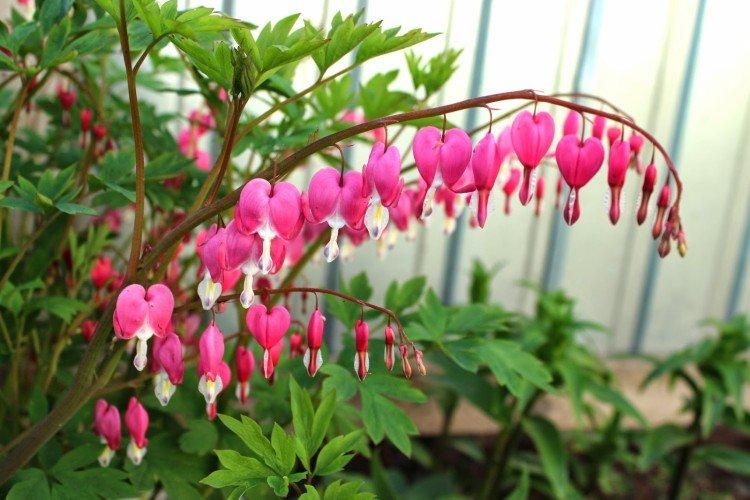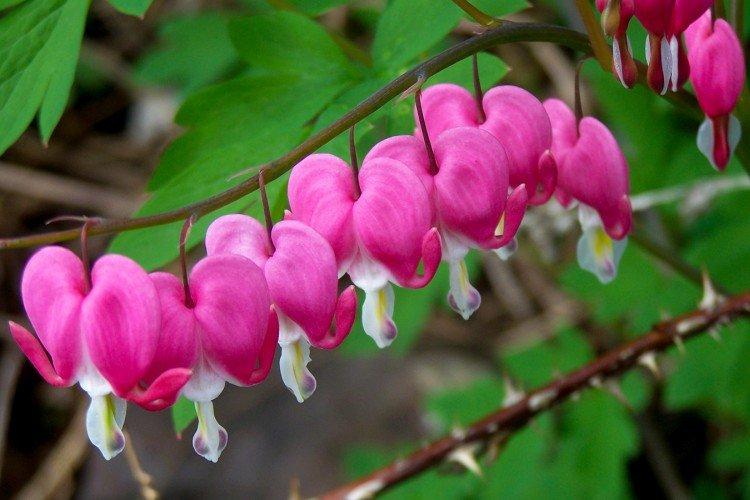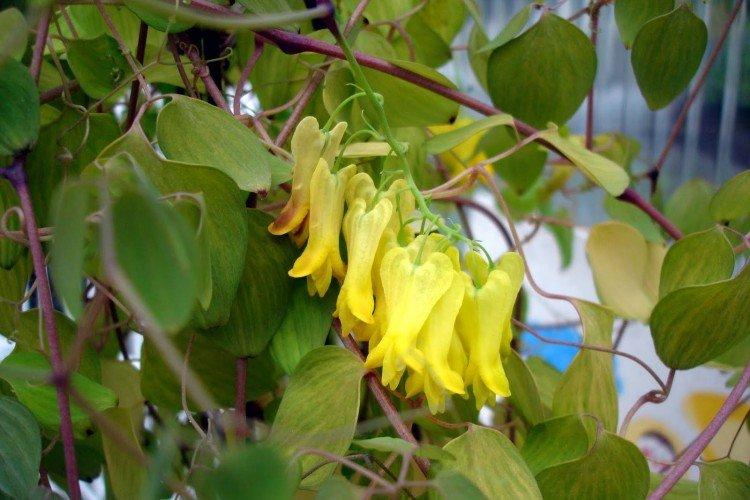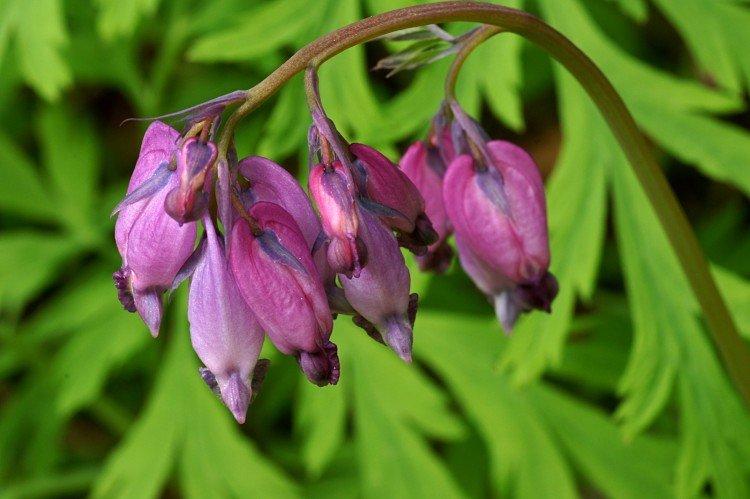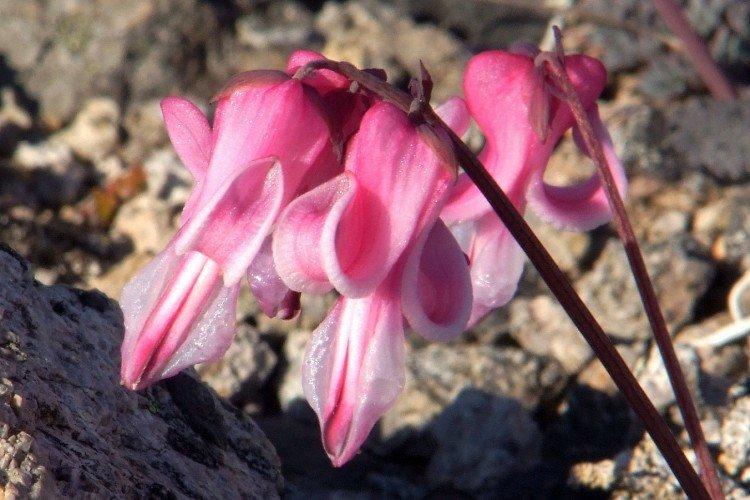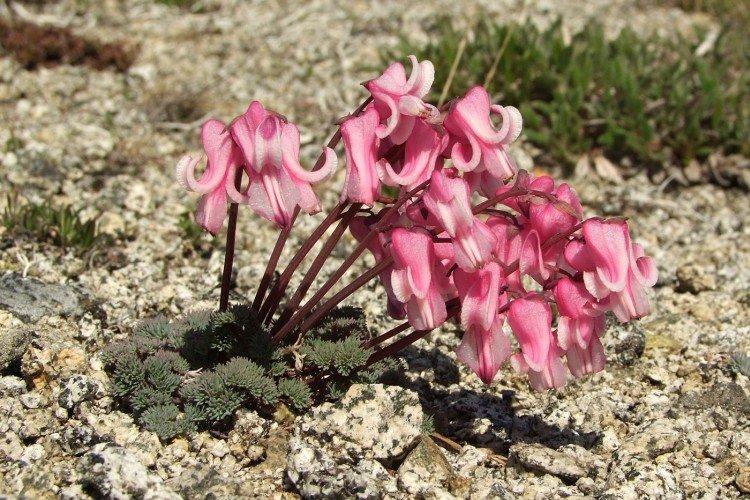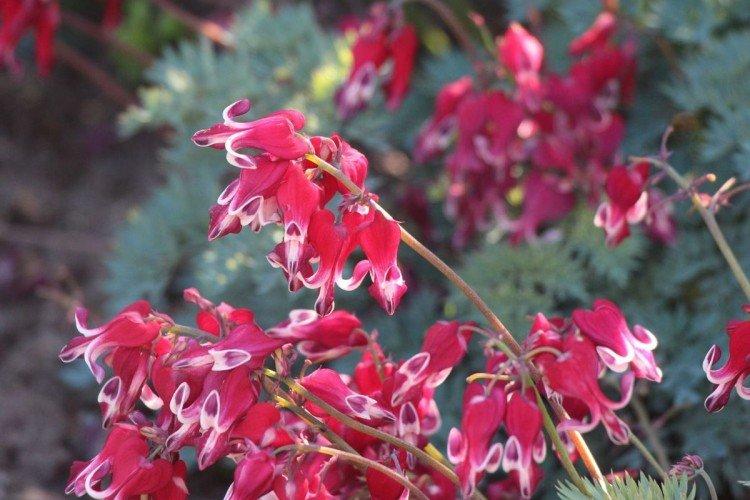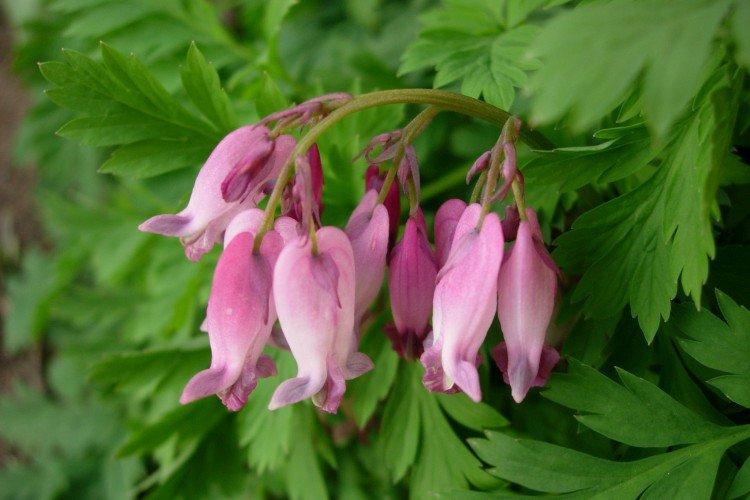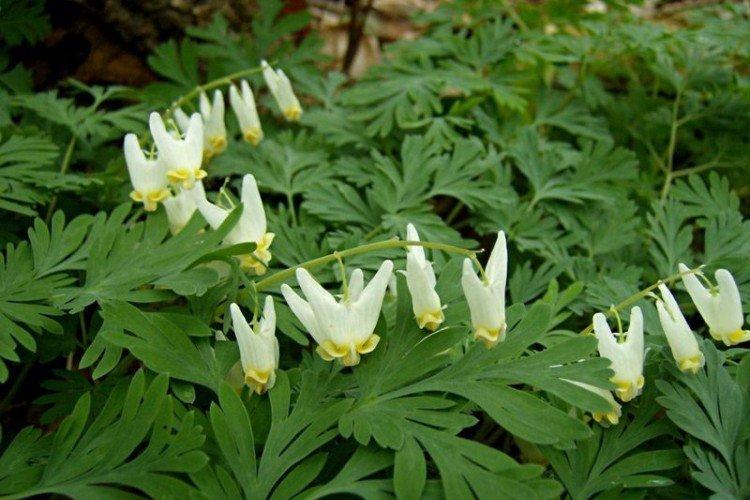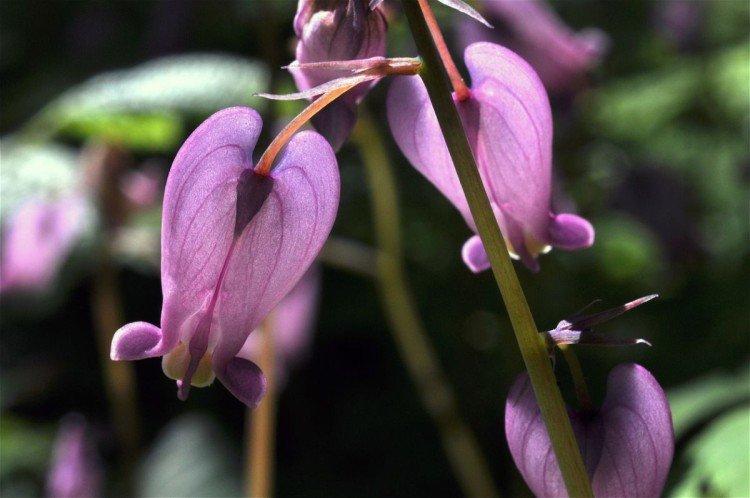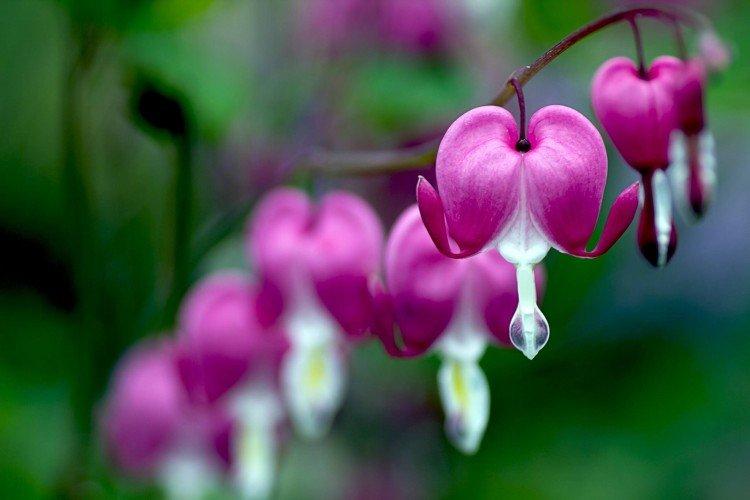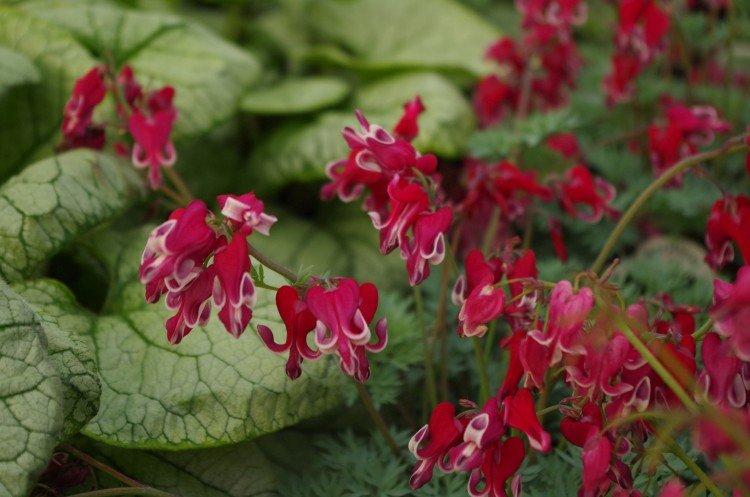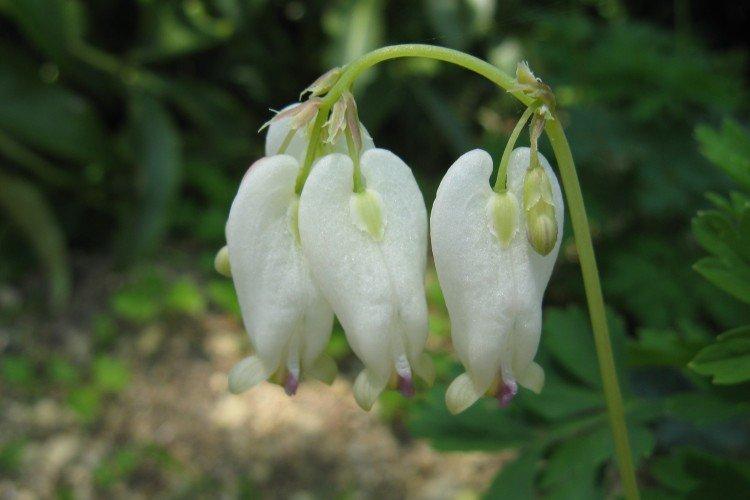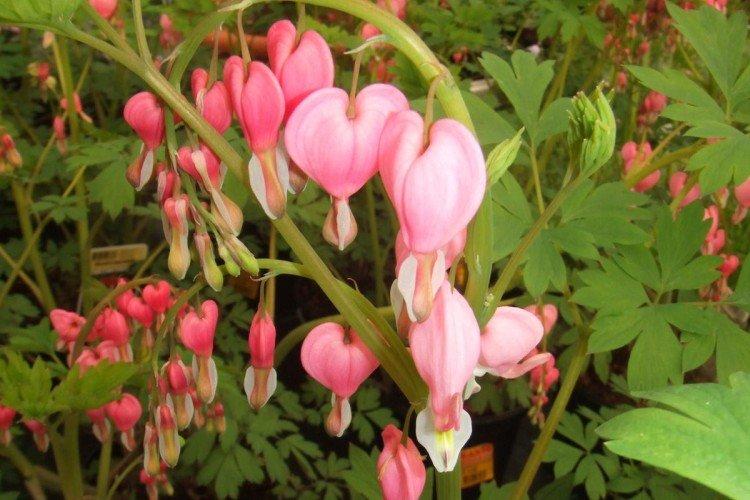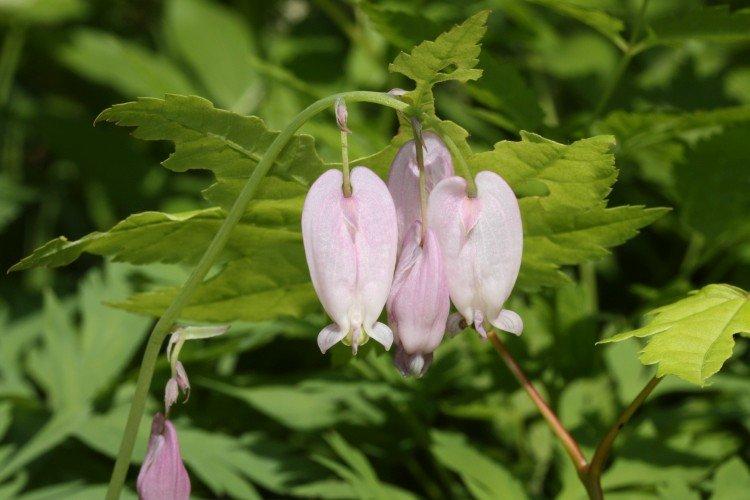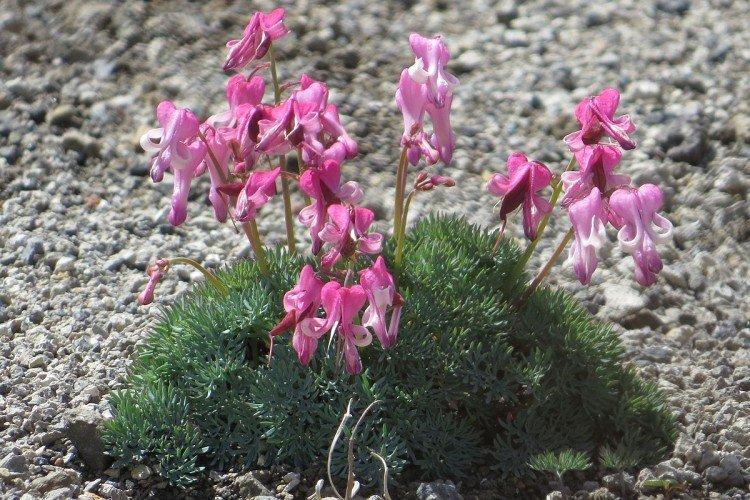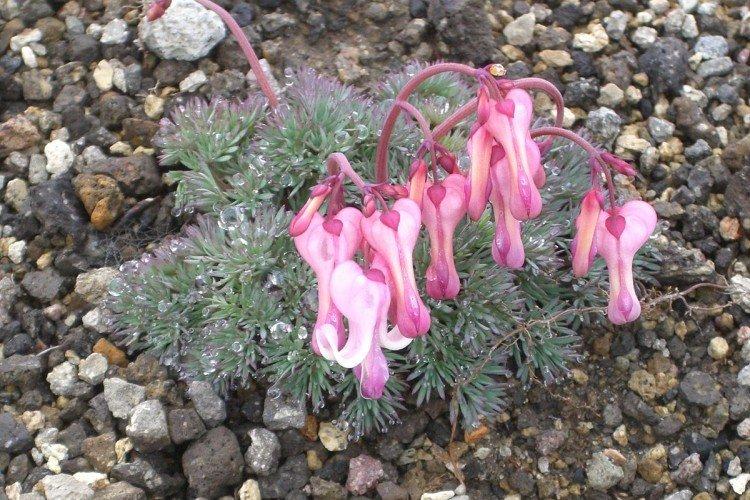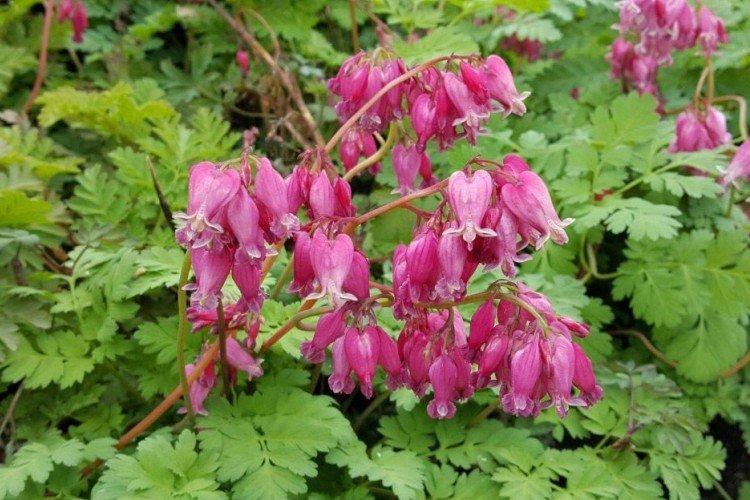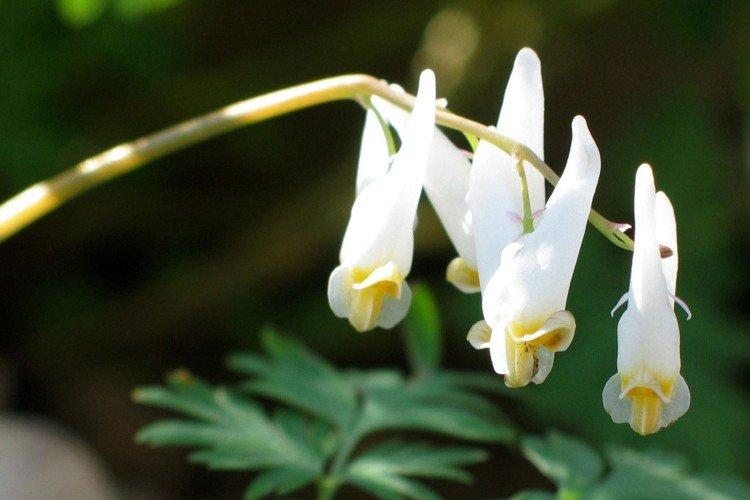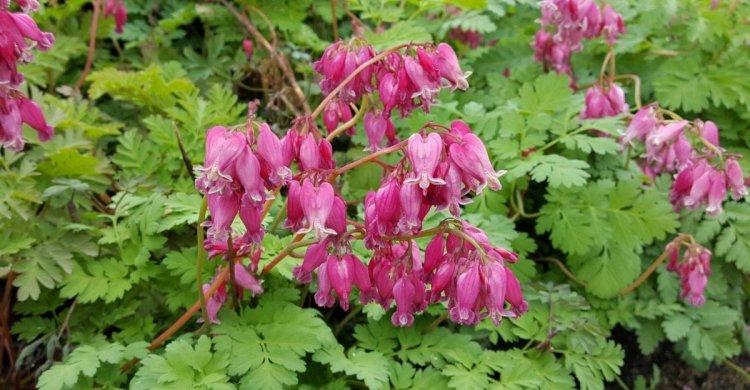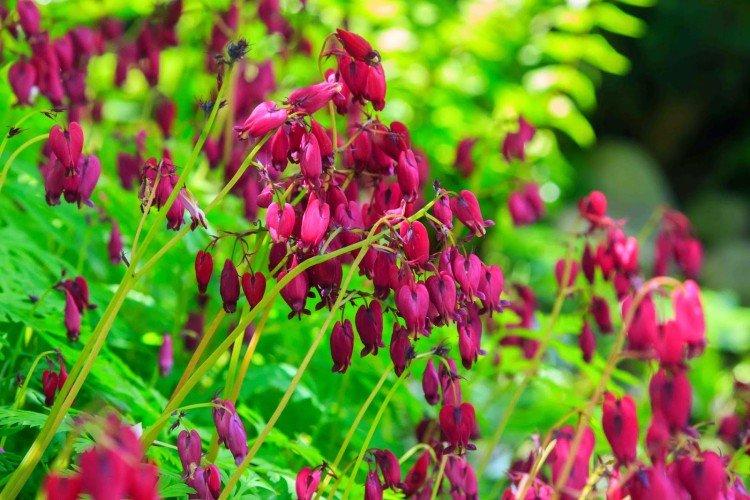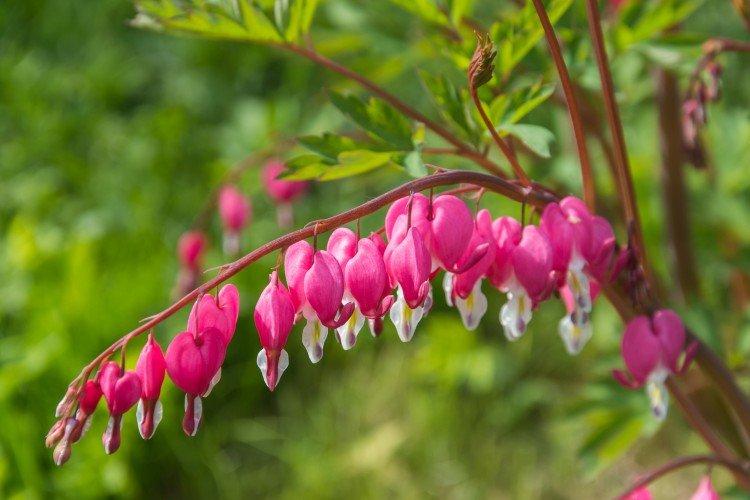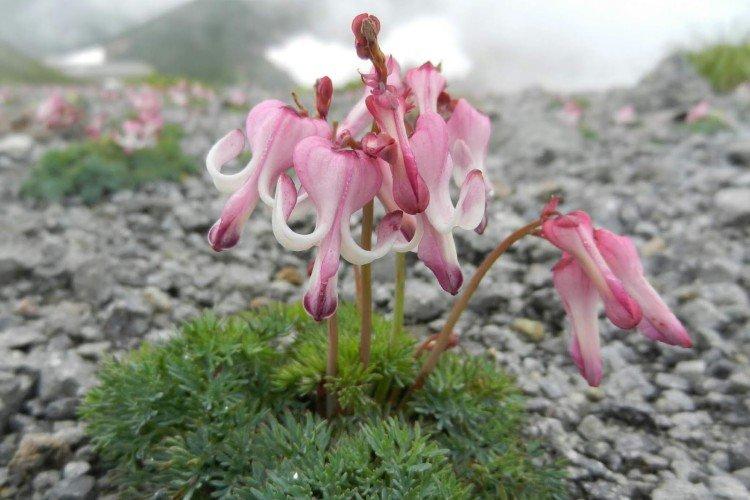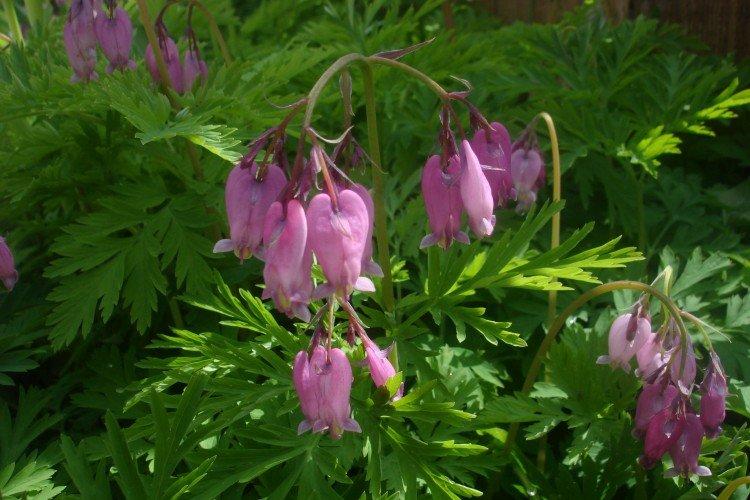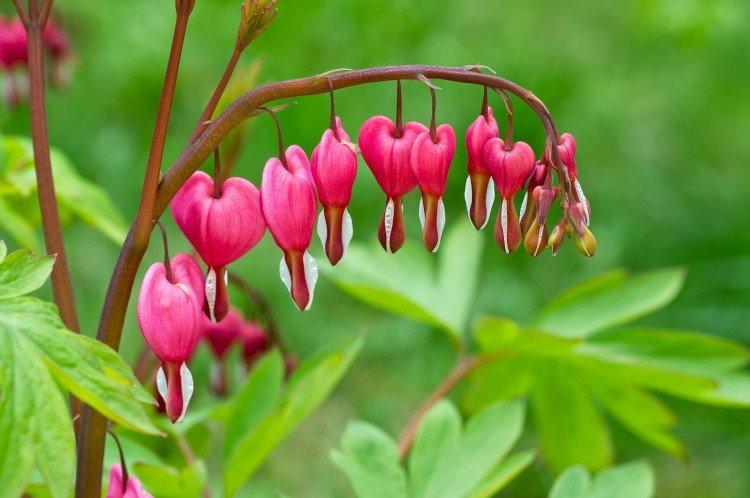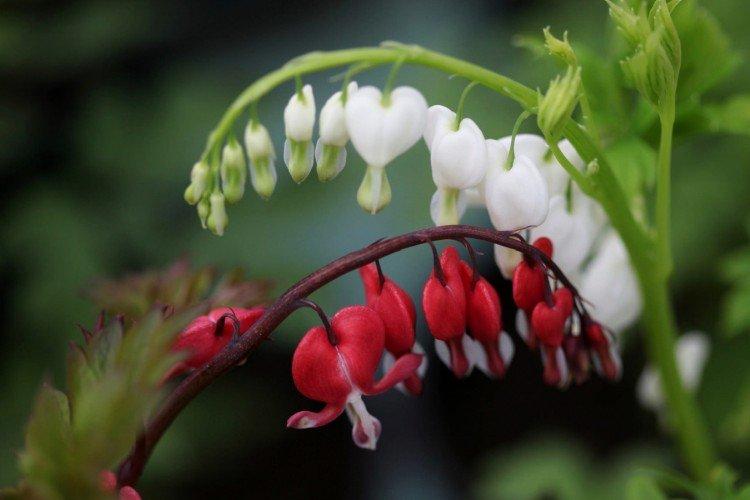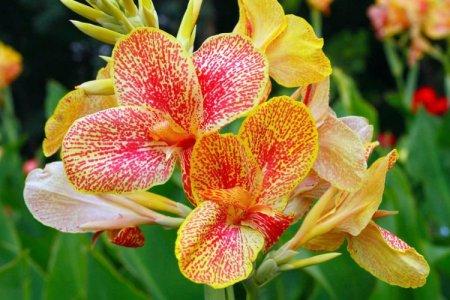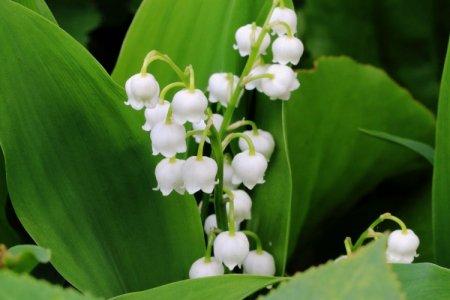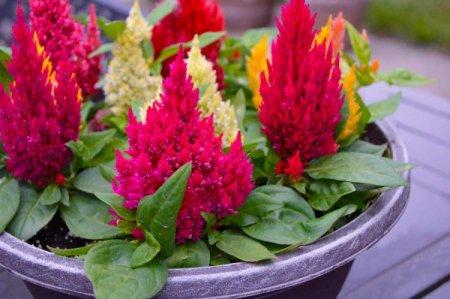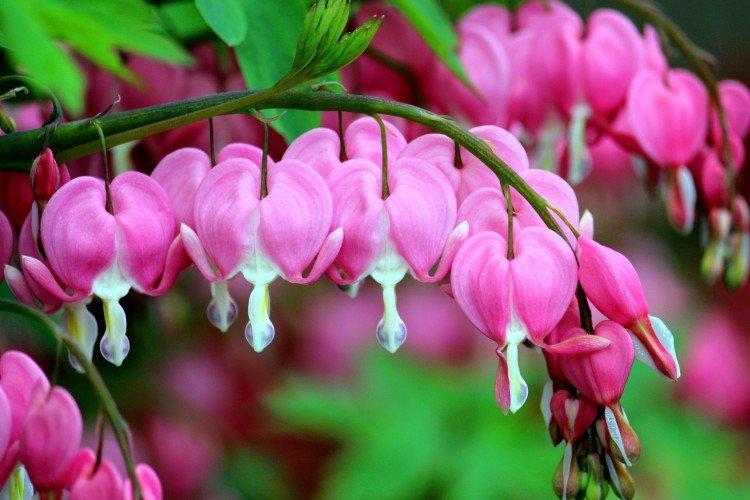
The title Broken Heart sounds very romantic and a little sad at the same time. But do not expect any sad stories, because everything is very simple - the shape of the bud of this flower looks exactly like this. And today we want to tell you more about such an unusual beauty!
general information
Now it is already difficult to say where exactly such a bizarre flower came to us. But Japan is traditionally considered the birthplace of the Broken Heart. Since then, dozens, if not hundreds, of annual and perennial varieties have appeared, but the heart-buds remain unchanged.
The Broken Heart flower has a very strong and developed root system, which allows it to adapt to different conditions. Stems can be straight or branched, up to 100 cm high. Leaves differ in shape, size and shade. The flowers are most often pink or white.
Another nice feature of the plant is that it can bloom twice a year. To do this, it is enough to immediately remove faded buds and flower stalks so that they do not drain resources.
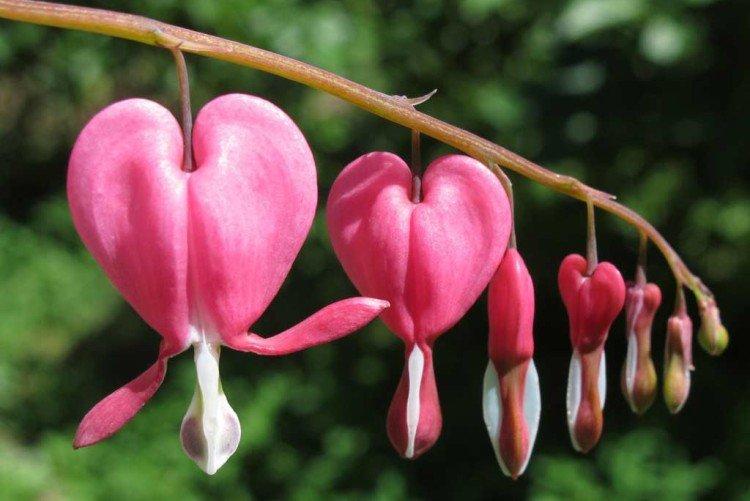
Flower types Broken heart
Speaking about the varieties of this unusual and bizarre flower, I would like to first highlight several main categories. It is on their basis that modern varieties and hybrids were bred.
Spectabilis
Or, as we call it, the dicenter is magnificent. It is the tallest species with powerful large bushes and dissected leaves. The height easily reaches 1 m. Even after flowering, the plant retains its decorative effect.
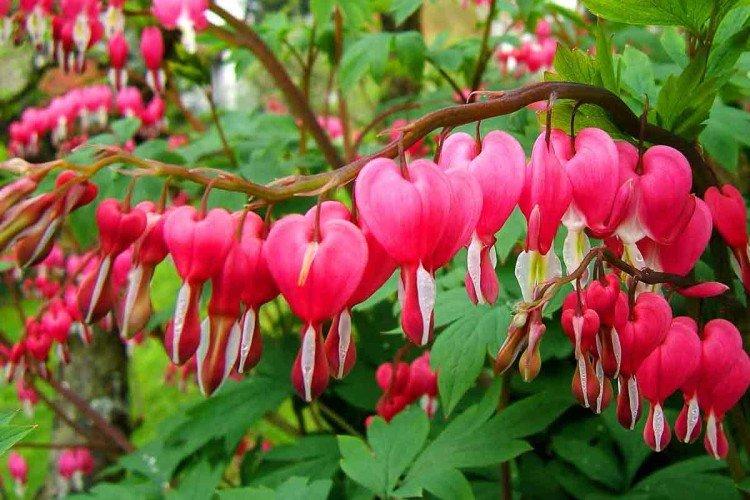
Eximia
This variety is sometimes referred to as the Bleeding Heart. And all because all shades of pink and purple are intertwined in flowers. The dicentra is exceptional or excellent heat resistant and is not afraid of temperature extremes.
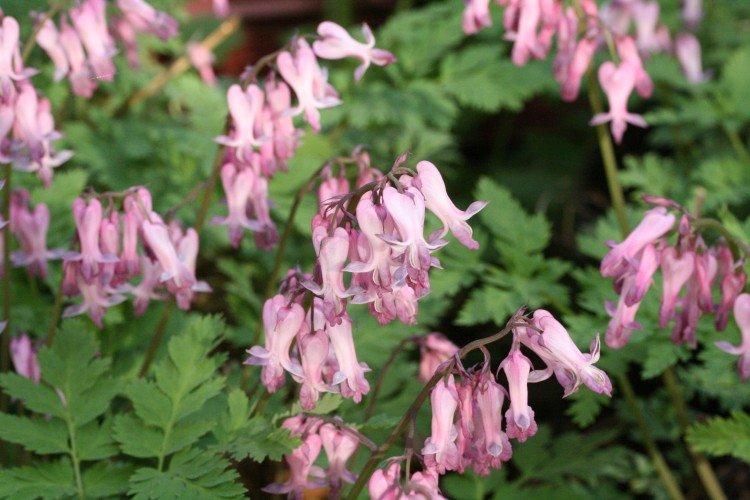
Peregrina
She is a vagrant dicenter and a real relic, because her ancestors were known more than a thousand years ago. It is a very tiny plant, but with large white, pink or purple flowers.
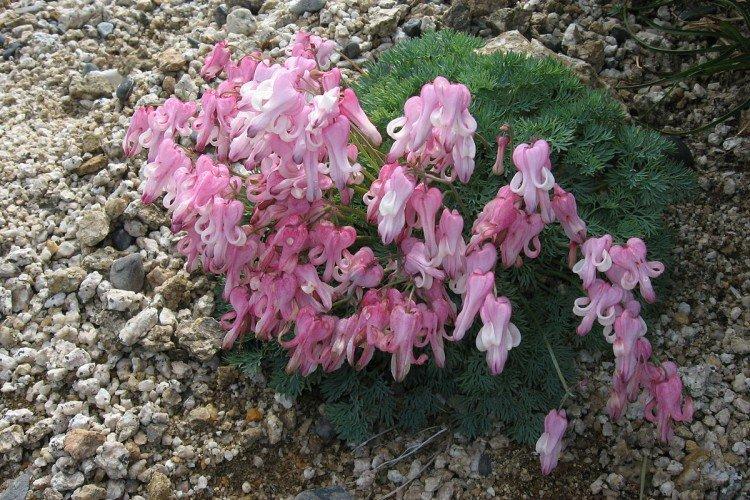
Formosa
Or the dicenter is beautiful. It is a compact and very graceful look up to only 40 cm high. There are very delicate and beautiful shades of cream, milky, pastel pink and even red.
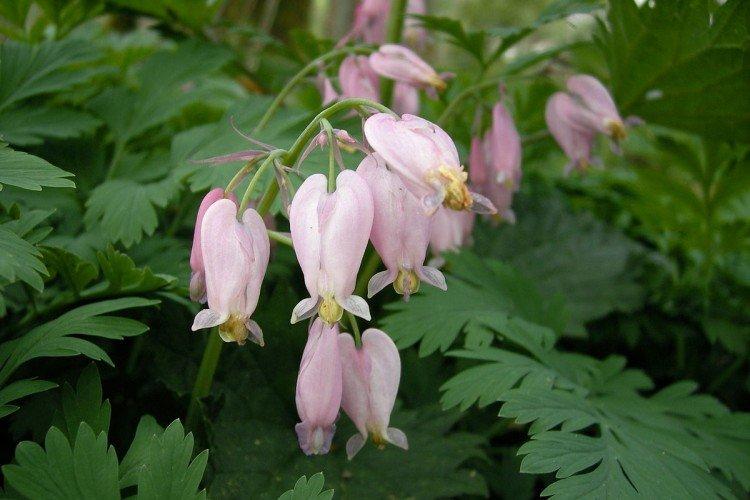
Skandens
The original liana-shaped form of the so-called climbing dicentra. Creeping shoots grow up to 2 m. There are varieties with rare shades, like golden, but this is still the same Broken heart in shape.

Flower Care Broken Heart
It may sound unexpected, but a Broken Heart does not require increased attention and care. The flower feels great in our latitudes and it is enough to choose a successful site for it with good soil.
Temperature and lighting
There are no fundamentally important recommendations on any of these points. The Broken Heart flower blooms spectacularly in the shade and in the sun, and only the duration of this bloom changes. Individual requirements are found only in rare breeding varieties.
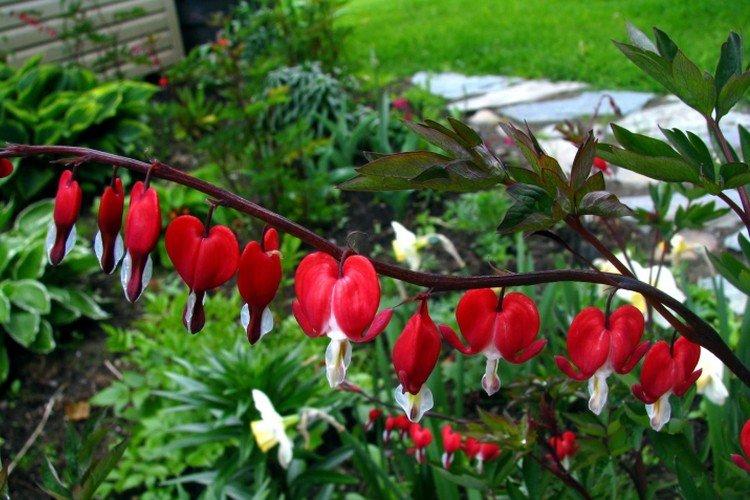
Watering
But watering is still worth paying a little more attention to. A broken heart does not tolerate drought and too high humidity equally badly. In the first case, growth slows down, and in the second, diseases develop. So always focus only on the condition of the soil.
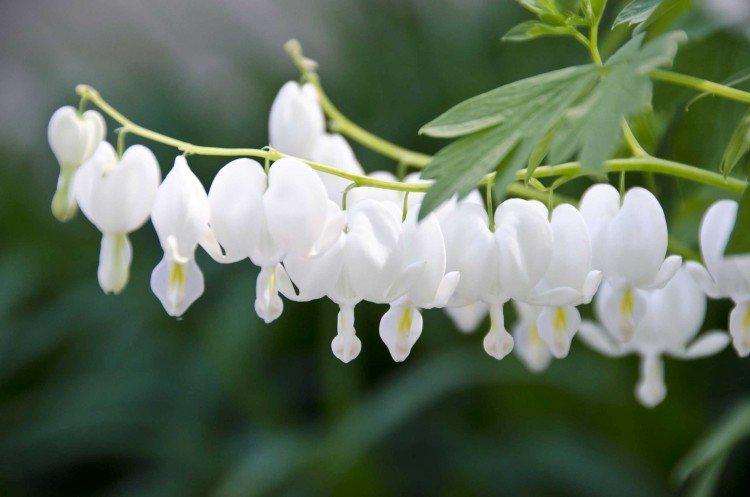
The soil
To make the plant happy with lush and long flowering, dig up the soil with humus from autumn to planting. A good drainage layer is imperative, and for too heavy soil, vermiculite, sand or another baking powder.
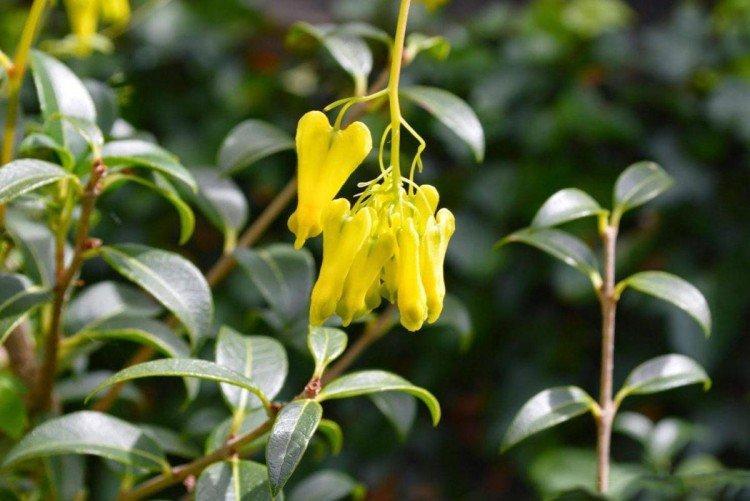
Fertilizers and feeding
Throughout the season, the Broken Heart flower responds very sensitively to feeding. Apply fertilizers from spring every 3-4 weeks, gradually changing the composition. First, complex dressings for the growth of green mass, and then potassium and phosphorus for flowering. In the fall, nitrogen is again needed so that the plant accumulates resources for the next year.
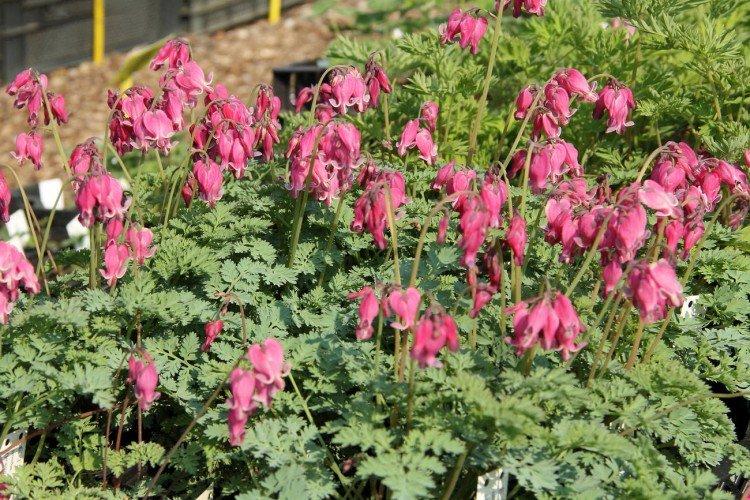
Wintering
There are many winter-hardy varieties that easily overwinter right in the ground without additional problems. But we advise you to cover them with peat or spruce branches in case of a snowless winter or sharp spring frosts.
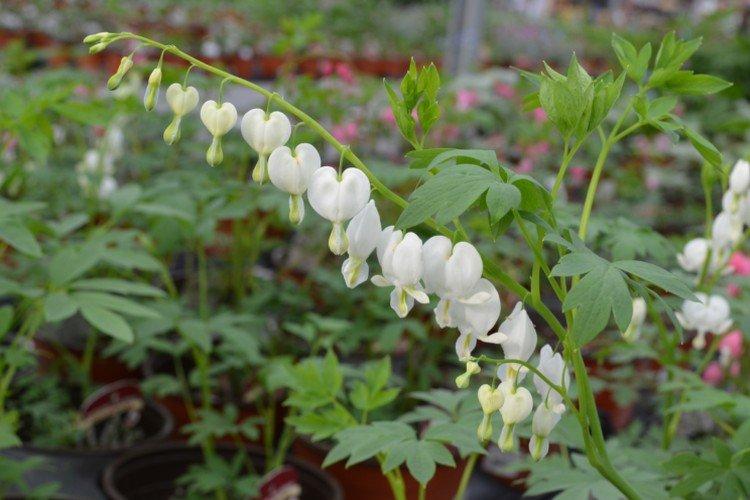
Transfer
As the Broken Heart flower grows and grows old, it needs to be transplanted. Firstly, the soil will exhaust its capabilities, and secondly, in the process, you can divide and rejuvenate the bush. Remember that for all the power of the root system, it is very fragile. The transplant is done strictly with an earthen lump.

Planting and breeding
Flower Broken heart propagates quickly and easily by cuttings from young shoots. Soak them in the stimulator according to the instructions and seed them in containers with loose soil mixture. Moisten the seedlings, cover with foil and leave for a month, watering as they dry. Remove the film, and in the spring, plant the seedlings in a permanent place.
The second way is to divide the bush. Here it is very important to carefully divide the root, so that young buds remain on each division. Let the rhizome dry slightly and plant future bushes in new places.
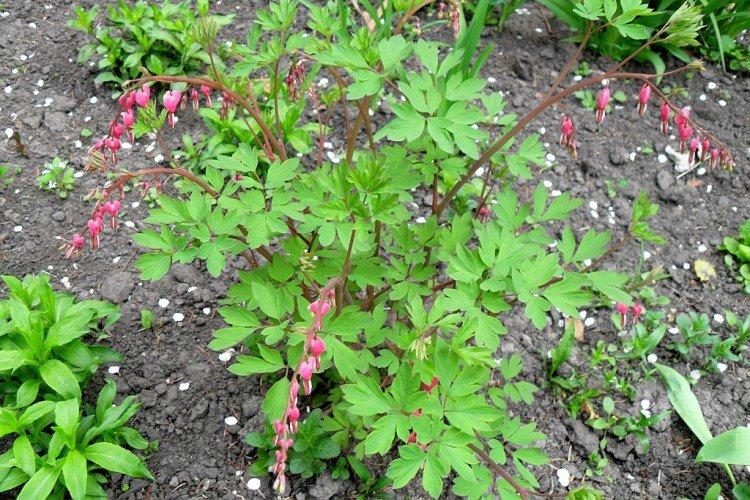
Pest and disease control
Most often, a broken heart only suffers from slugs, snails and a bear. But routine insecticide treatment will allow you to forget about this problem.
The appearance of deformed chaotic spots on leaves and shoots can be a symptom of spotting. Unfortunately, this is an incurable virus, so the diseased plant must be removed by the roots and the soil must be disinfected with chemicals.
A more everyday situation is fungus and rot, which develop due to an excess of moisture in the soil. But here, too, everything is simple: remove the affected areas, treat the cuts with charcoal and spray the plants with fungicides.
The most dangerous is root rot, because in the later stages the flower cannot be saved. So regularly inspect the planting for suspicious spots and structure of the shoots with leaves in general.
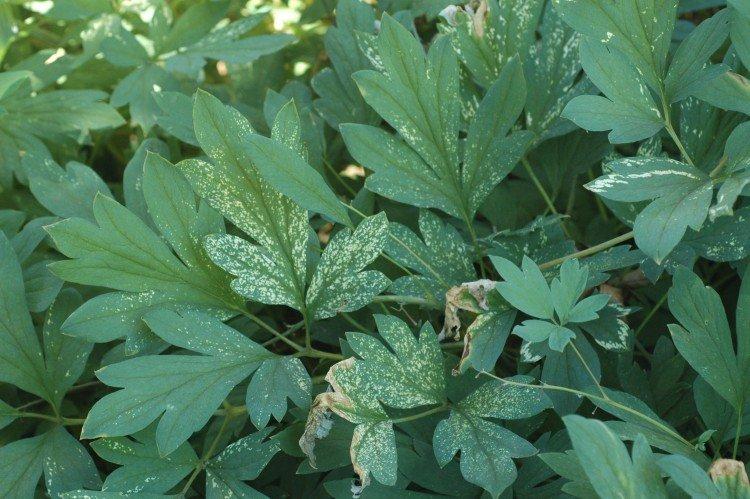
Flower Broken Heart - photo
Flower Broken heart is a real curiosity in the garden. He simply has no competitors with the same unusual type of inflorescences and buds. Just look!
